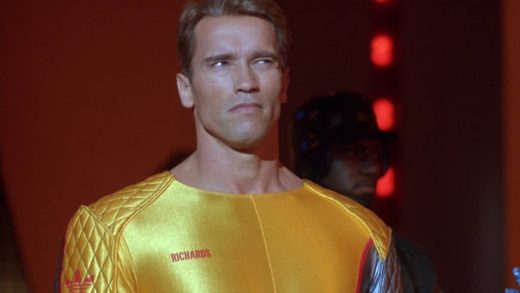
John Kirk-Anderson/Stuff
The Scentre Group, which operates Westfield malls, has 125 SmartScreens in shopping centres across Auckland and Christchurch. (File photo)
Shoppers in malls across Auckland and Christchurch are being filmed by AI-powered digital billboards, in most cases without their knowledge, Consumer NZ says.
The digital billboards, named SmartScreens, analyse the biometric data of passersby, and use it to serve up advertisements in real-time, based on their age, gender and even mood.
They are currently being used in Westfield shopping centres in Auckland and Christchurch.
But Consumer NZ has raised concerns about the lack of disclosure around the use of the technology.
“We are seriously concerned New Zealanders are unaware they are being filmed, and their biometric data analysed, with advertising targeted at them on that basis,” chief executive Jon Duffy said.
Seven Sharp
Artificial intelligence is everywhere these days. But could AI replace real people in the workplace?
“People should be told when they’re being targeted with personalised advertising – especially in public places.”
The watchdog found shoppers may not be sufficiently aware of the data being collected about them, and how that data is used.
A Consumer NZ worker visited Westfield Riccarton. Upon entry they saw a disclaimer that said, “For your safety: areas of this shopping centre may be under video surveillance.”
However, safety was not the reason the biometric billboards were filming and companies needed to be upfront about their data collection and use, Duffy said.
“To find out what information is being gathered by the in-mall surveillance, you’re referred to either the online privacy policy or a customer service desk inside the mall.
“The presumption that a shopper is going to go online and read, let alone understand, a privacy policy before heading to a public space like a mall is ridiculous. It’s not okay to hide what you’re doing in some far-flung corner of the internet and call that disclosure.”
The only way to opt-out of being targeted was to avoid public spaces where the technology was being used, which Duffy said wasn’t fair.
The Scentre Group, which operates Westfield malls, said there were 125 SmartScreens in shopping centres across Auckland and Christchurch. The technology met New Zealand legal requirements and the screens did not identify individuals, or record or retain their images, it said.
The biometric billboards are supported by software provided by Quividi, a French company that measures over 1.5 billion people globally per month.
supplied
Consumer NZ chief executive Jon Duffy says companies need to be upfront about their data collection and use. (File photo)
According to the company, the technology can accurately estimate individuals’ gender and age using their facial features. It can even predict how a person is feeling, like whether they are very happy, very unhappy, or somewhere in between.
One study found the screens could lead to a 24% increase in sales.
But while biometric billboards could be useful for presenting consumers with more relevant ads, Duffy said the benefits for retailers far outweigh those for consumers.
“The use of this technology is relatively simple and benign right now. However, if its use is normalised, without genuine consent or knowledge on the part of consumers, more invasive and potentially dangerous uses will become easier to implement” Duffy said.
Consumer NZ wanted to see better regulation of surveillance technology like biometric billboards, including:
- Clear and prominent disclosure where biometric billboard technology is used in public spaces such as train stations, supermarkets, and busy street corners.
- Restrictions on the use of facial detection technology that assesses people based on sensitive characteristics like gender identity and race.


